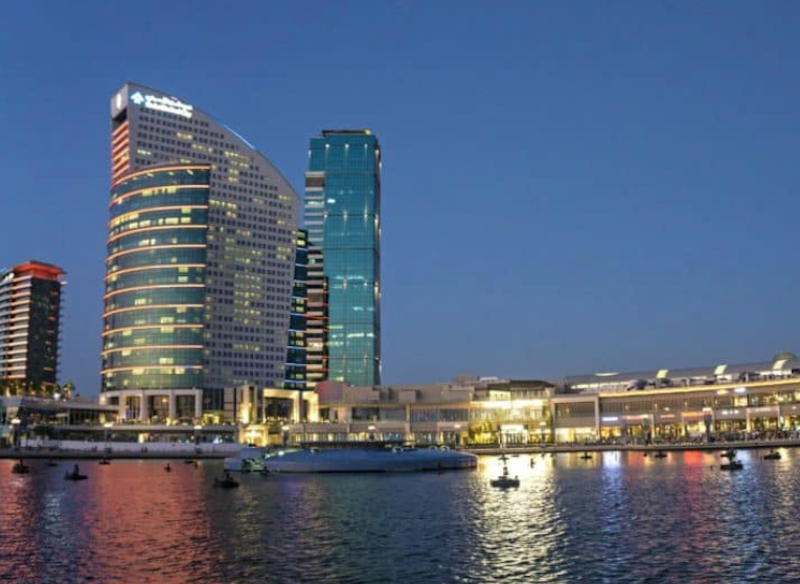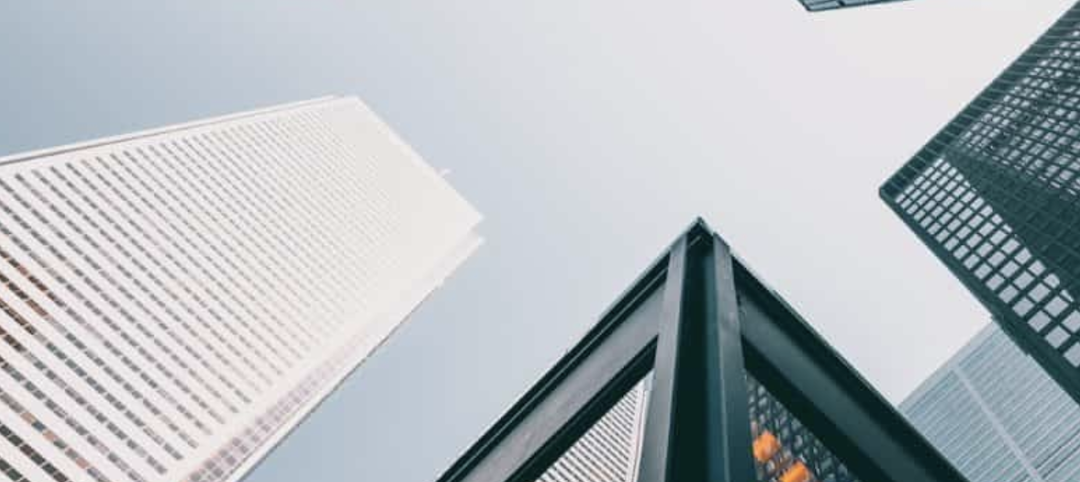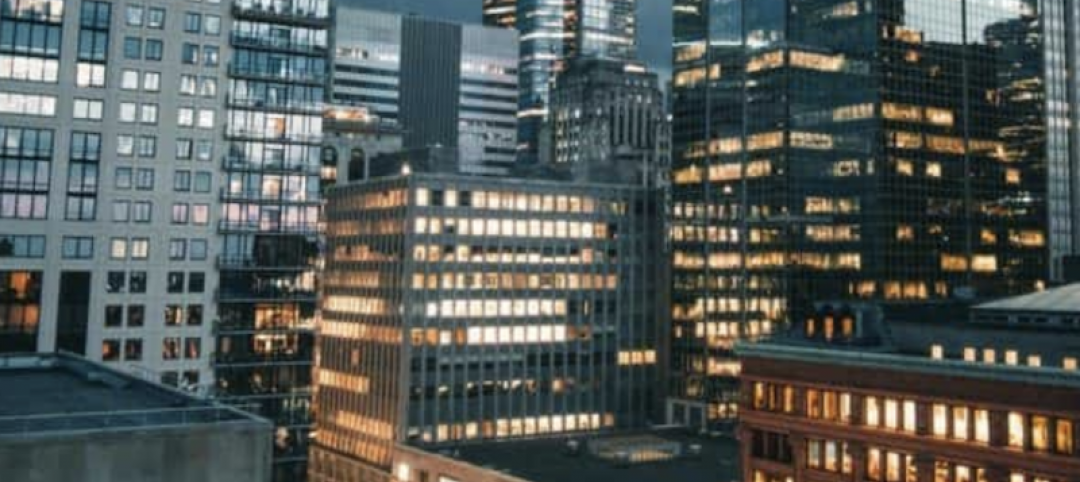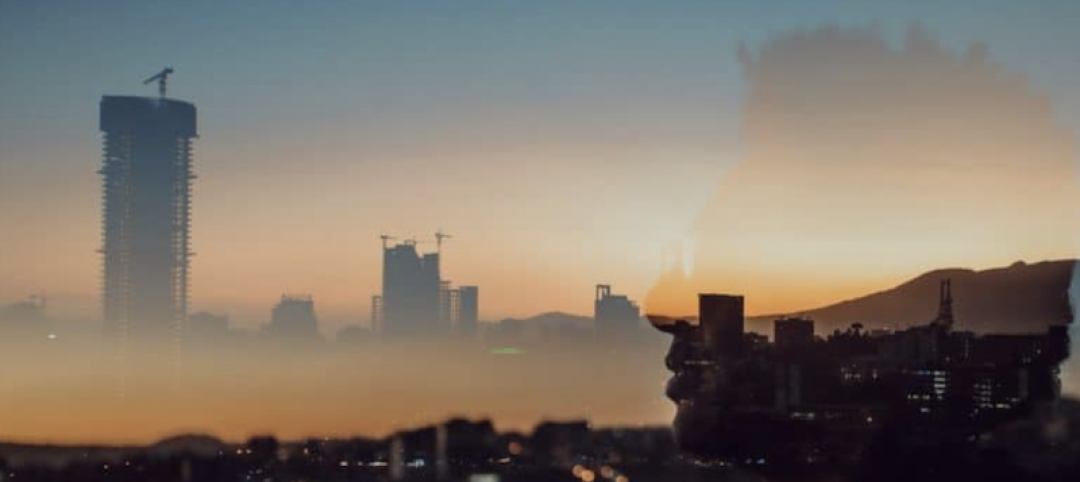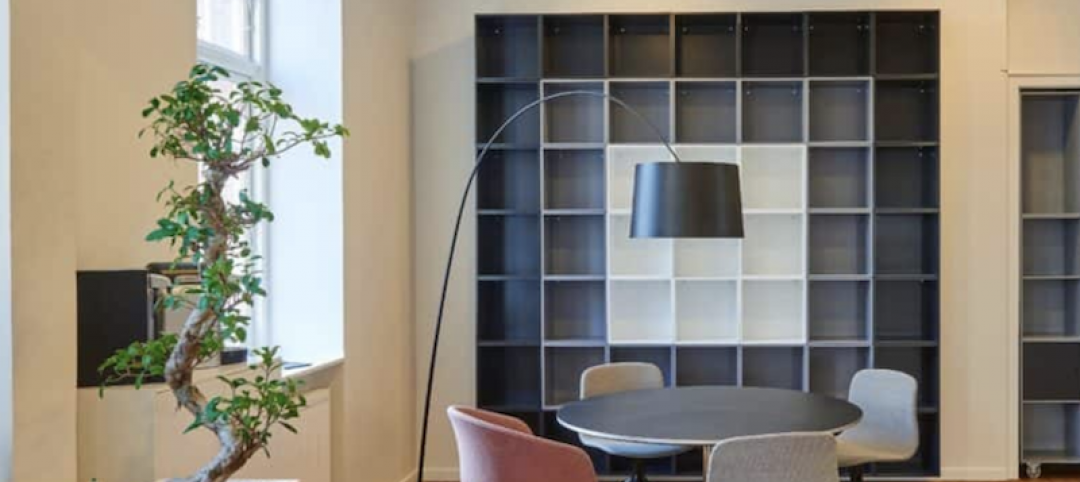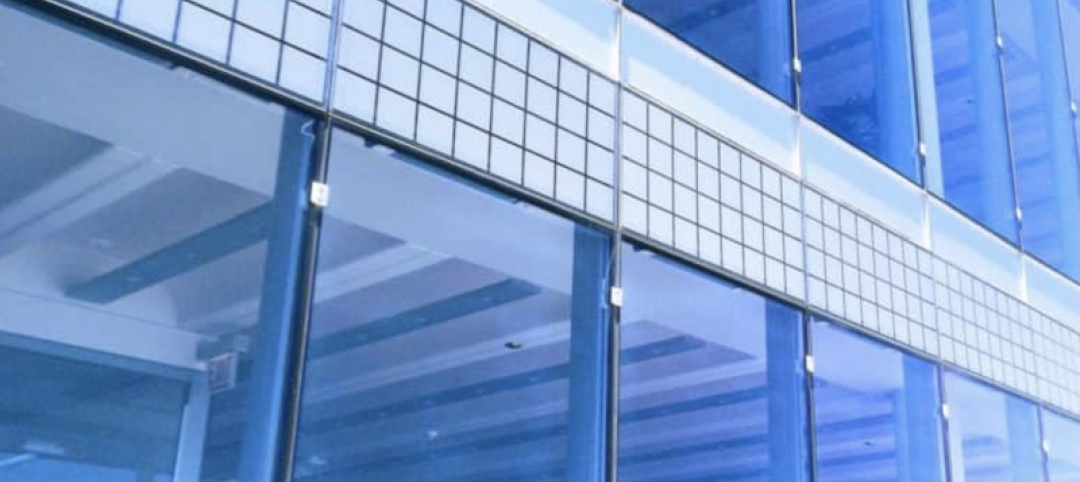US shopping mall owners are starting to report their Q1 results, and they paint a complicated picture for the changing brick and mortar retail landscape.
While mid-market stores like Bon-Ton and Toys R Us are filing for bankruptcy, retail purchases are accelerating faster than they have since the Great Recession.
Anchor store footprints that were once housing JC Penny’s and Macy’s stores are being occupied by Dave and Busters, video arcades, churches, and other non-traditional shopping mall tenants.
Here in Seattle, the Northgate Mall is preparing for its next-generation repositioning. Announced in 1948, this 60-acre development was first built with a $12M budget. Northgate Mall is considered the first regional shopping mall in America, and since it has opened, everything has changed.
As Simon Property Group works with CallisonRTKL and GGLO to set its vision for the next phase in Northgate Mall’s future, we have some thoughts about trends that will make the most of this 60-acre Seattle icon.
Shopping malls are defined as “one or more buildings forming a complex of shops representing merchandisers, with interconnected walkways enabling visitors to walk from unit to unit.” And as that definition changes (certainly as the definition of “retail” changes), malls must shift to embrace a new role in suburban centers – as a new downtown where suburbanites gather to have experiences as much as they convene to shop for goods.
Old malls have three weak links in their value chain. Each weak link affects the mall’s surrounding community, and if one link breaks, the value chain is broken:
- They are huge
- They have massive parking lots (dead zones)
- They are far from city centers
But the development community is learning to isolate the problem and repair the value chain. The innovations we are seeing are:
Re-imagine the community function of shopping mall real estate
Operators are converting malls into something new. Stores are being converted to housing, office space, or medical facilities. For example, Northeast Collaborative Architects transformed one of America’s oldest shopping malls into micro-apartments; the Atrium Mall in Chestnut Hill Massachusetts was converted into a medical building; Amazon is moving into the Macy’s building at Westlake Center in Seattle. By embracing the huge buildings and bringing new uses to the old real estate, the weak links of the parking lots and distance from the city center become assets. Of course, the greenest building is the one that already exists – and using these established buildings and their infrastructure to benefit the community has a sustainability bonus.
Forest City Realty Trust is transforming the Ballston community, attracting new businesses, and re-imagining the function of a shopping mall in Arlington, Virginia. The Ballston Quarter emphasizes dining and entertainment, includes an open-air concourse, and integrates with a residential tower.
Link to mass transit
A second innovation is to bring people to the site through mass transit and densify the uses of housing, retail, and hospitality. For example, Northgate Mall is driving the future of the property by making the mall a transit hub. The transit will: make the parking useful; the mixed-use active; and it will bring people to the retail stores. And if the mass transit ultimately reduces the need for parking, the parking lots can be converted into buildings and services – creating a virtuous cycle with the demand for transit. This transit hub in North Seattle is a major relief to growing population of residents seeking mass transit options to get downtown and to the dense Amazon campus where parking is pricey and hard to find.
There are several “Transit Malls” that provide case studies to prove the transit/retail connection: Vancouver Granville Mall, Portland Mall, Denver’s 16th Street Mall, and New York Broadway Boulevard have each taken different approaches to solve the transit issue, and have lessons to teach in each case. A lightweight case study can be found here.
Offer more than retail therapy
A third innovation is to convert the destination from consumerist to experiential. We have seen this trend the Ballston area where Shooshan is using retail, mixed-use, multifamily, and commercial development and density to transform the community.
When shifting to an experiential destination, the attraction transforms the community and builds upon its legacy to create something entirely new. The new experience attracts other new businesses, and suddenly the empty parking lots are more valuable after conversion. The emphasis on cultural events, dining, entertainment, and gaming will bring a new generation to the mall.
Shopping malls also present an opportunity to bring people closer to nature, triggering that biophilic benefit. Consider how the Thornton Creek watershed at the Northgate Mall, which was once paved over to create parking, and has since been reclaimed and returned to a natural habitat. The restored watershed is good for the local ecology, and it also brings health and pleasure to the people who encounter it. What was once a watershed, was then a parking lot, and is now a multi-benefit resource that allows public space, treats runoff from 680 acres, and provides a multilayered landscape of native plants, which is ultimately an amenity for the multifamily developments in the area.
Malls have shown remarkable endurance – and that’s what sustainability is – the ability to endure. The move towards transit-oriented development for malls will be as good for the retailers as it is for the health and vitality of the community. Repurposing existing buildings into something new and valued is the perfect representation of Abundance in action. And the next horizon for shopping malls will ideally be modeled on sustainable consumption, bringing a new, resilient and enduring main street to America’s suburbs.
More from Author
Paladino | Jan 10, 2022
The future of regenerative building is performance-based
Why measuring performance results is so critical, but also easier said than done.
Paladino | May 26, 2021
Injecting embodied carbon capability into the integrated design and construction process
Embodied carbon is defined as the carbon footprint of a material, and is expressed in metric tons of CO2e.
Paladino | May 12, 2021
Climate modeling for a resilient business and future
This post explores changes that developers and their teams need to make to their risk and resilience strategies by climate modeling for climate change.
Paladino | Apr 26, 2021
Building performance requirements are coming: Are you ready?
Building Performance Requirements are trending nationwide and are likely coming to a county near you.
Paladino | Feb 8, 2021
Six lessons learned from our first Fitwel Viral Response Module certification
The Fitwel Viral Response Module is one of several frameworks that real estate owners and operators can use to obtain third-party certification for their efforts ensuring their properties are ready for a safer and healthier return to work.
Paladino | Jan 14, 2021
Shift your energy to carbon
Now is the right and necessary time for the commercial real estate industry to shift its environmental strategy from just energy, a carbon contributor, to carbon itself.
Paladino | Nov 13, 2020
5 tips when designing for daylight
Daylight modeling is a tool to examine how daylight interacts with a building, and how that natural light behaves within interior spaces.
Paladino | Jul 16, 2020
COVID readiness: IWBI and USGBC seek to help businesses quantify risk
In an effort to address the risks of COVID-19 at the building scale, USGBC and IWBI have analyzed existing certification guidelines and drafted new, relevant content.
Paladino | Jun 5, 2020
3 strategies to improve the wellness of building systems and gain tenant trust
Three operational issues that must be prioritized for every building in order to achieve tenant trust are air quality/ventilation, relative humidity, and building commissioning.

